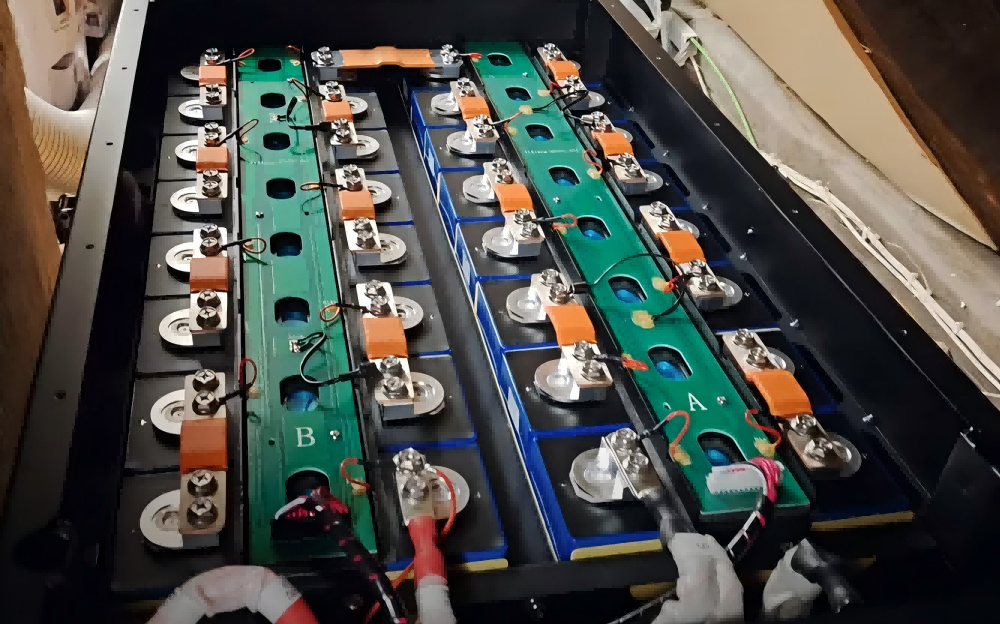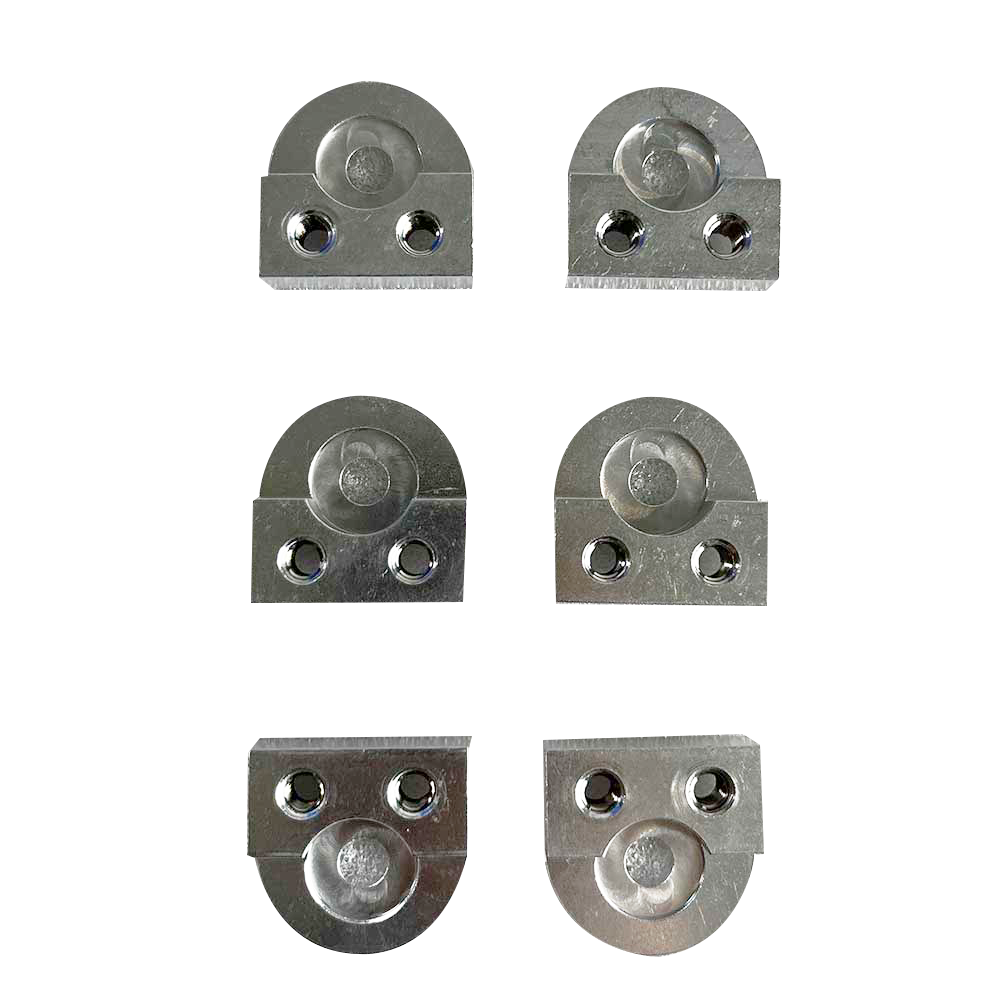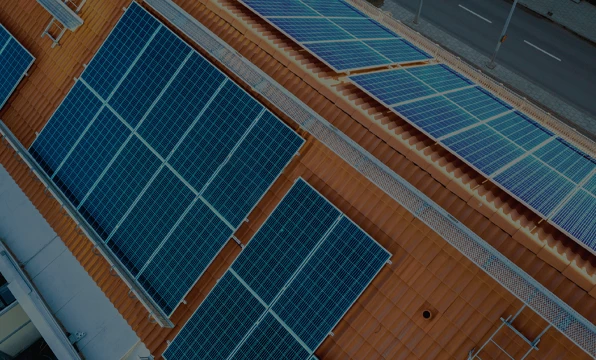Double-terminal studs , also referred to as dual-bolt connectors, have gained traction in lithium battery energy storage systems (ESS) as critical components for high-current electrical connections
These specialized terminals enable robust busbar integration in battery modules and racks, particularly in large-scale stationary storage applications. Below is a systematic breakdown of their strengths and limitations.
Advantages
1. Enhanced Current Distribution
- Dual-terminal designs split electrical current across two parallel paths, reducing localized heating and minimizing resistance losses (typically 15-25% lower I²R losses compared to single-terminal systems).
- Ideal for high-power ESS applications (e.g., grid frequency regulation) requiring continuous currents exceeding 300A.
2. Improved Mechanical Stability
- The dual-bolt configuration provides redundant fastening points, mitigating vibration-induced loosening in mobile or seismic-prone installations.
- Torque distribution across two bolts reduces stress concentration, extending service life by 20-30% in cyclic load scenarios.
3. Maintenance and Scalability
- Facilitates modular assembly: Technicians can disconnect individual cells/modules without dismantling entire busbar systems.
- Simplifies thermal pad or sensor integration between terminals for advanced battery management systems (BMS).
4. Corrosion Resistance
- Double terminals allow staggered material selection (e.g., aluminum studs with copper busbars), minimizing galvanic corrosion through isolation gaskets.
5. Safety Redundancy
- If one terminal connection fails (due to contamination or fatigue), the secondary terminal maintains electrical continuity, reducing arc flash risks.
- Dual-terminal designs split electrical current across two parallel paths, reducing localized heating and minimizing resistance losses (typically 15-25% lower I²R losses compared to single-terminal systems).
- Ideal for high-power ESS applications (e.g., grid frequency regulation) requiring continuous currents exceeding 300A.
2. Improved Mechanical Stability
- The dual-bolt configuration provides redundant fastening points, mitigating vibration-induced loosening in mobile or seismic-prone installations.
- Torque distribution across two bolts reduces stress concentration, extending service life by 20-30% in cyclic load scenarios.
3. Maintenance and Scalability
- Facilitates modular assembly: Technicians can disconnect individual cells/modules without dismantling entire busbar systems.
- Simplifies thermal pad or sensor integration between terminals for advanced battery management systems (BMS).
4. Corrosion Resistance
- Double terminals allow staggered material selection (e.g., aluminum studs with copper busbars), minimizing galvanic corrosion through isolation gaskets.
5. Safety Redundancy
- If one terminal connection fails (due to contamination or fatigue), the secondary terminal maintains electrical continuity, reducing arc flash risks.
Disadvantages
1. Increased Footprint
- Dual-terminal designs occupy 30-40% more space than single-bolt alternatives, complicating compact ESS designs (e.g., containerized battery systems).
2. Manufacturing Complexity
- Precise alignment of dual terminals demands tighter manufacturing tolerances (±0.1mm), raising production costs by 10-15%.
- Requires specialized tooling for simultaneous torque application (e.g., twin-spindle torque wrenches).
3. Thermal Management Challenges
- Uneven contact resistance between terminals can create thermal gradients, necessitating active cooling systems.
- Double terminals act as additional heat sinks, complicating thermal modeling in liquid-cooled ESS racks.
4. Cost Considerations
- Material costs rise due to doubled copper/aluminum usage for terminals and busbars.
- Labor costs increase by 20% for torque verification and anti-corrosion treatments on dual interfaces.
5. Failure Mode Amplification
- Improper torque sequencing (e.g., uneven bolt tightening) may induce microcracks in cell terminals, accelerating fatigue failure.
- Double the inspection points for corrosion or creep in humid environments.
- Dual-terminal designs occupy 30-40% more space than single-bolt alternatives, complicating compact ESS designs (e.g., containerized battery systems).
2. Manufacturing Complexity
- Precise alignment of dual terminals demands tighter manufacturing tolerances (±0.1mm), raising production costs by 10-15%.
- Requires specialized tooling for simultaneous torque application (e.g., twin-spindle torque wrenches).
3. Thermal Management Challenges
- Uneven contact resistance between terminals can create thermal gradients, necessitating active cooling systems.
- Double terminals act as additional heat sinks, complicating thermal modeling in liquid-cooled ESS racks.
4. Cost Considerations
- Material costs rise due to doubled copper/aluminum usage for terminals and busbars.
- Labor costs increase by 20% for torque verification and anti-corrosion treatments on dual interfaces.
5. Failure Mode Amplification
- Improper torque sequencing (e.g., uneven bolt tightening) may induce microcracks in cell terminals, accelerating fatigue failure.
- Double the inspection points for corrosion or creep in humid environments.
Double-terminal studs offer compelling advantages in safety and durability for high-performance lithium battery ESS but demand careful cost-benefit analysis. As energy storage systems evolve toward higher voltages (>1500V DC) and stricter safety standards, these connectors may become indispensable in mission-critical installations.
Welcome to contact us:
WhatsApp/Wechat/Mobile: +86 13332949210
Email: info@xihobattery.com
Website: www.xihopower.com
WhatsApp/Wechat/Mobile: +86 13332949210
Email: info@xihobattery.com
Website: www.xihopower.com
 +86 13332949210
+86 13332949210 info@xihobattery.com
info@xihobattery.com







 Xiho
Xiho Mar 25 2025
Mar 25 2025











